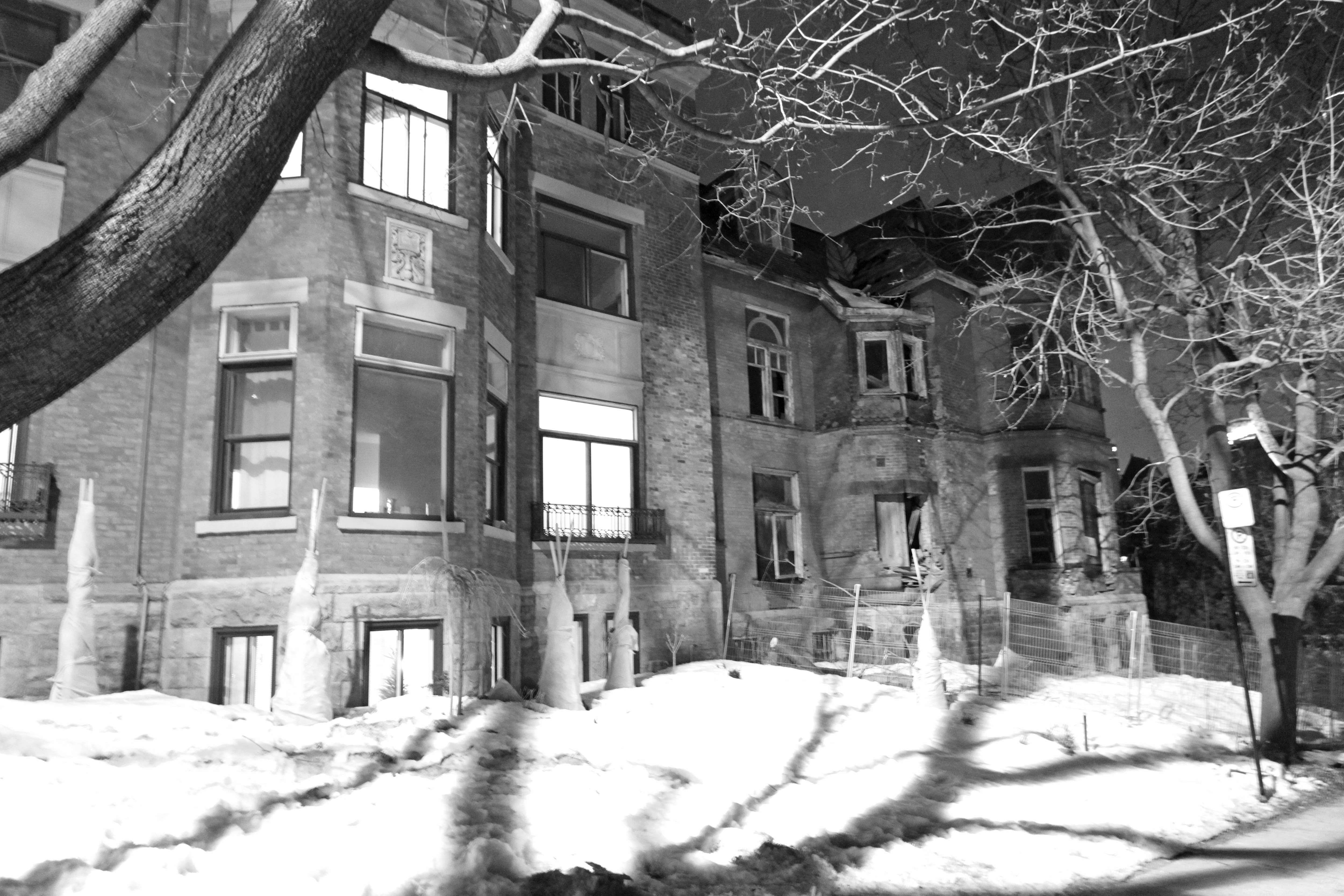The scheduled demolition of the historic Redpath Mansion has been suspended, following the intervention of Quebec Culture Minister Maka Kotto on Feb. 17.
Built in 1886, Redpath Mansion is a 128-year-old building located west of campus. A four-storey student residence was scheduled to replace it.
To stop the construction, Kotto invoked the Law on Cultural Heritage.
“If the minister is of the opinion that there is a perceived or real threat of significant degradation of a property that may have heritage value, the Minister may make an order […] directing that work or an activity be terminated,” the law reads.
The suspension can last for no more than a 30-day period. In the interim, the ministry will conduct an assessment of the mansion’s condition, which will determine its fate.
According to Heritage Montreal, Redpath Mansion is one of the rare remaining examples of Queen Anne architecture in the city. Located at 3457 Avenue du Musée, the building is one of the structures listed on a “threatened emblematic sites” list by Heritage Montreal.
Heritage Montreal has expressed support for Kotto’s intervention.
“This exceptional gesture will allow us to reflect on this long—neglected case,” their press release reads. “Heritage Montreal celebrates this action and is pleased to offer its collaboration with the minister and with the Mayor of Montreal in order to encourage a quality project, uniting heritage and new architecture.”
Owner Amos Sochaczevski and his son, Michael, have tried to develop the site for several decades. A seven-storey condominium project had been proposed before the Ville Marie borough council ruled against it for exceeding the area’s height limit.
Michael Sochaczevski, who planned to demolish the building, obtained a construction permit from Ville Marie borough on Dec. 19, 2013.
Anik de Repentigny, communications officer of Ville Marie, said the borough had no power to stop construction once the permit was issued. She also noted that the Redpath Mansion had never been declared a provincial heritage site, nor included in an area of protection for historical monuments.
“There are urban planning by-laws that both the borough and the City conform to; the project that was presented was consistent with them [and] there were no grounds upon which to refuse,” de Repentigny said. “The consultative committee for urban planning at [the] borough, looked at it […] and were in favour of [the plan].”
Mario Polèse, research professor at the National Institute of Scientific Research Urbanization Culture Society, said the dilapidated state of the building would make it difficult to preserve.
“The owner basically let it deteriorate, but part of the blame also goes to current government policy, which doesn’t in any way discourage owners from doing so,” said Polèse. “It’s probably too late to save the building at this point. The best outcome given the situation is for whatever new [building] to keep the essential architectural in place, so at least we don’t lose the heritage.”
Polèse cited the Saint-Jacques Cathedral at Université du Québec à Montréal (UQAM) and many skyscrapers downtown as examples where the old facade is integrated into the new structure.
“It is more costly to integrate the old building with the new one, but on the other hand, if it comes out considered as a success, you will get your money back in the end, as the resale price on the building will also be greater,” he said. “It really depends on the imagination of the architect who is going to redo it. Old structures are not contradictory with modernization.”









